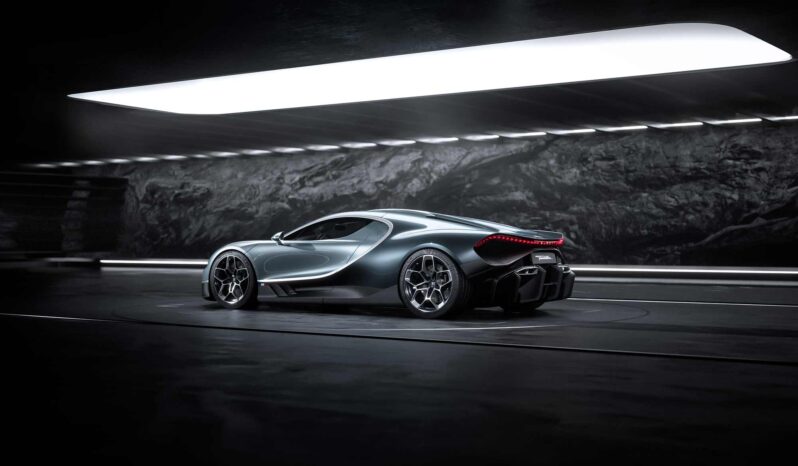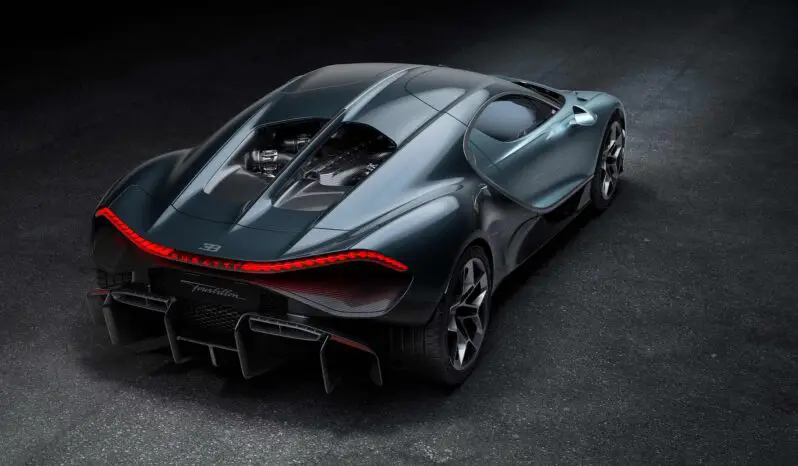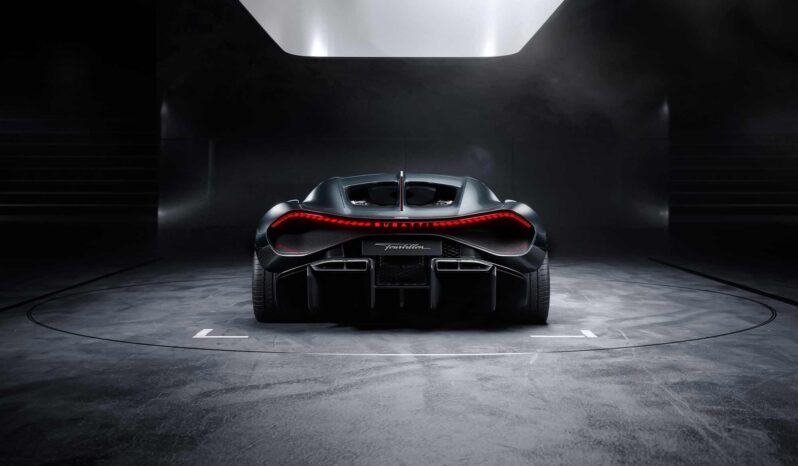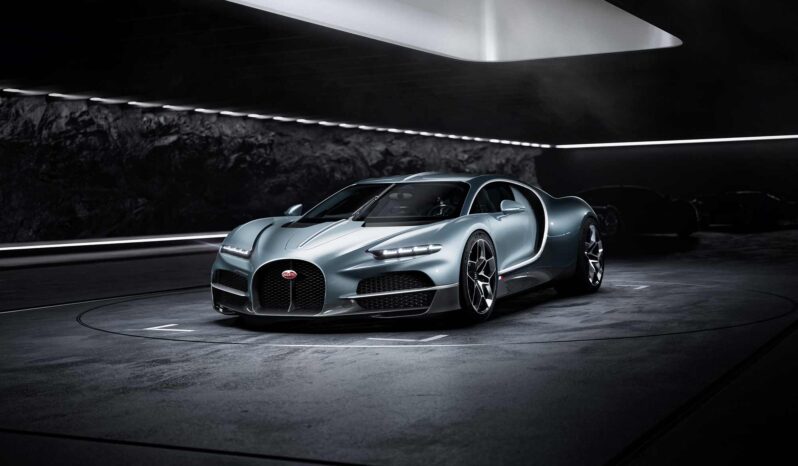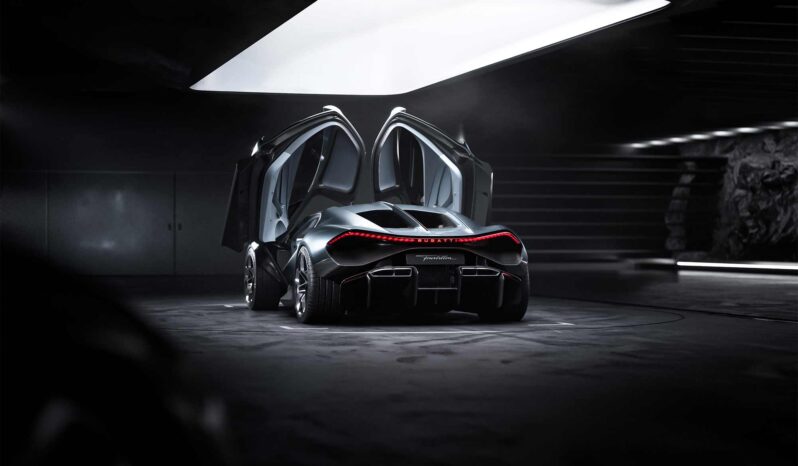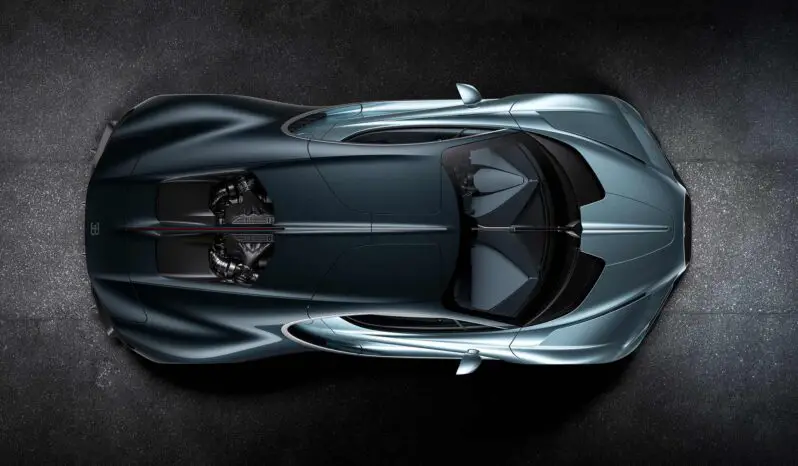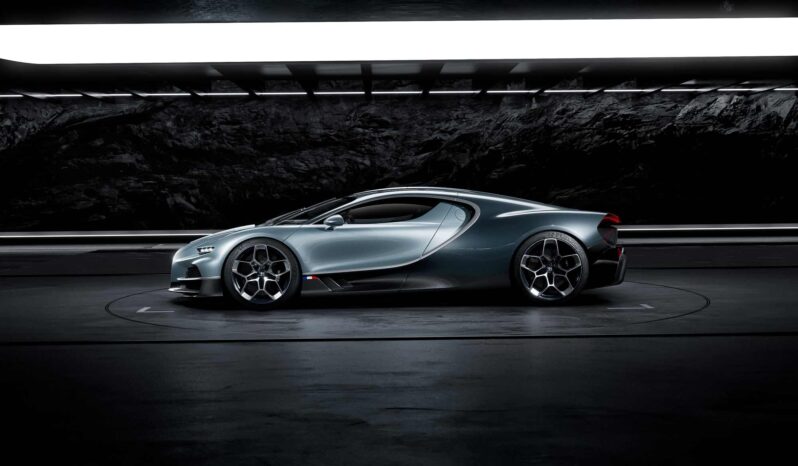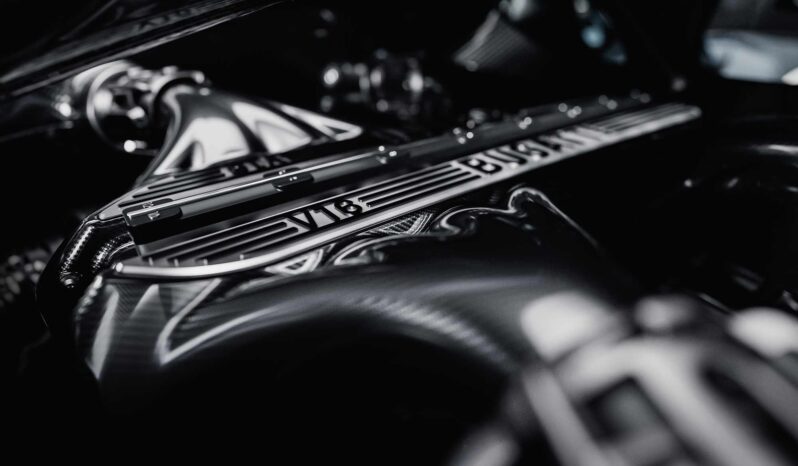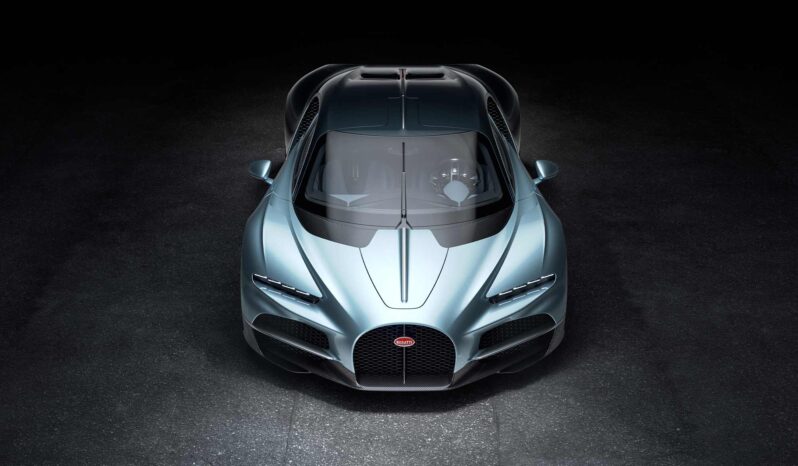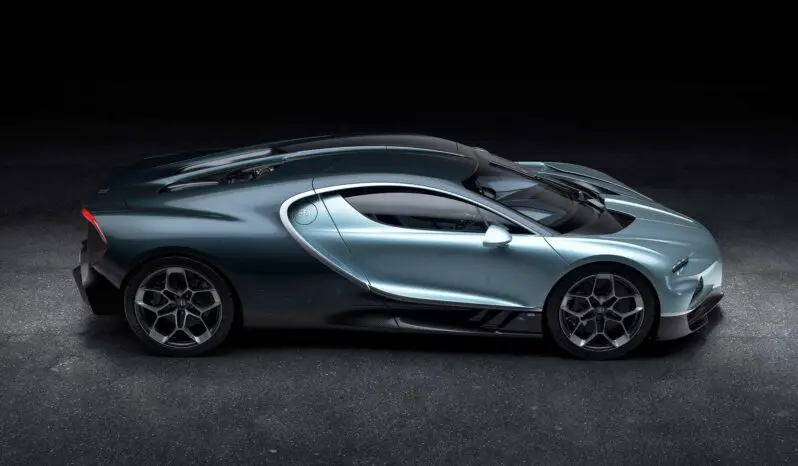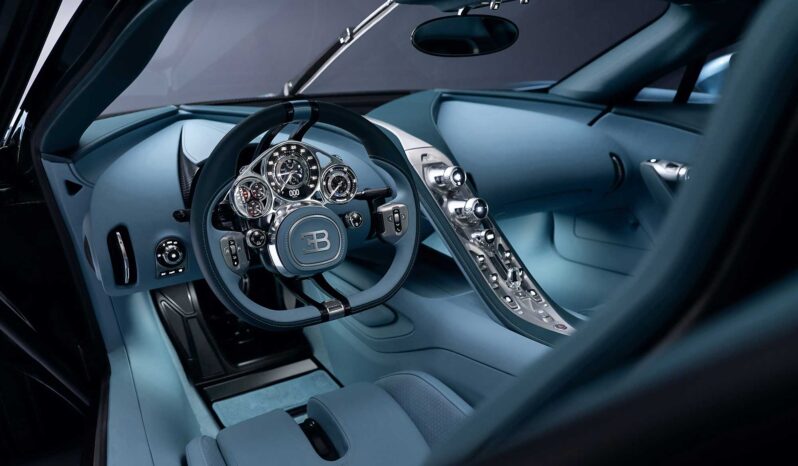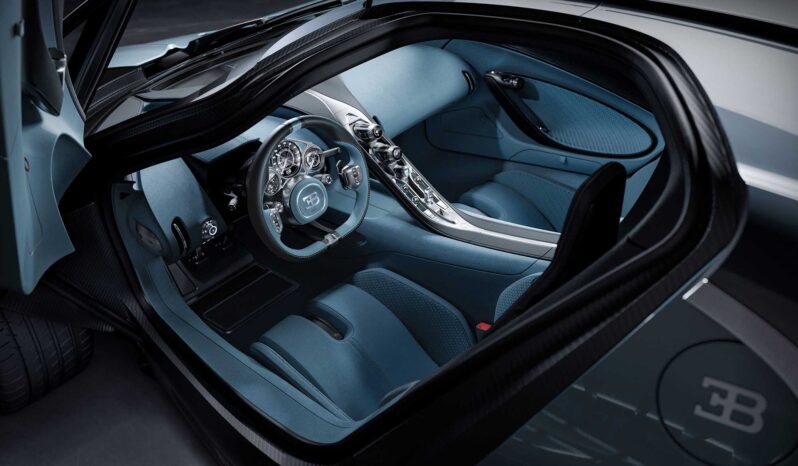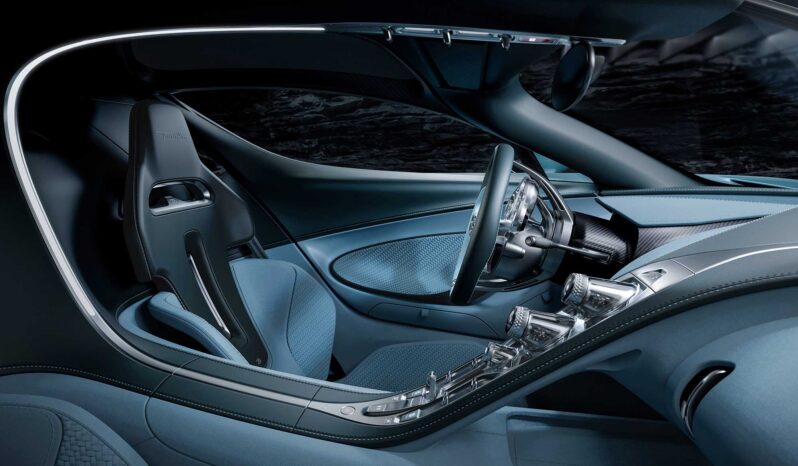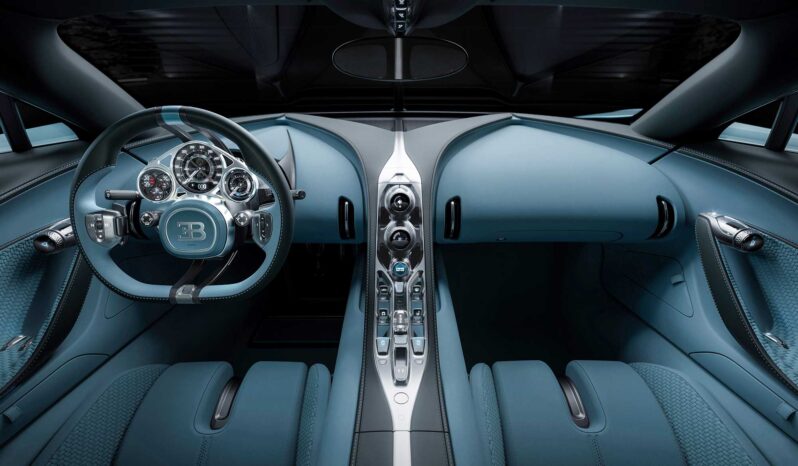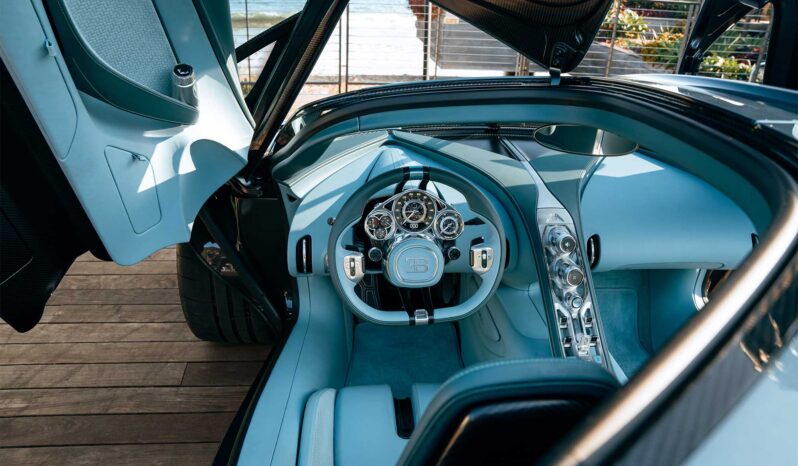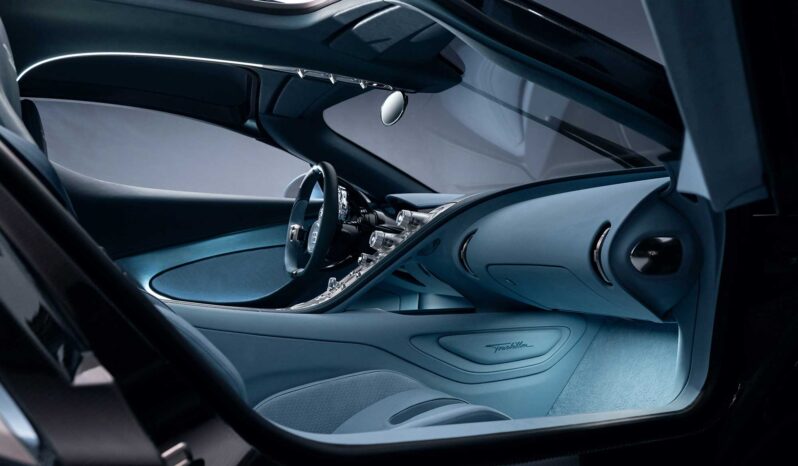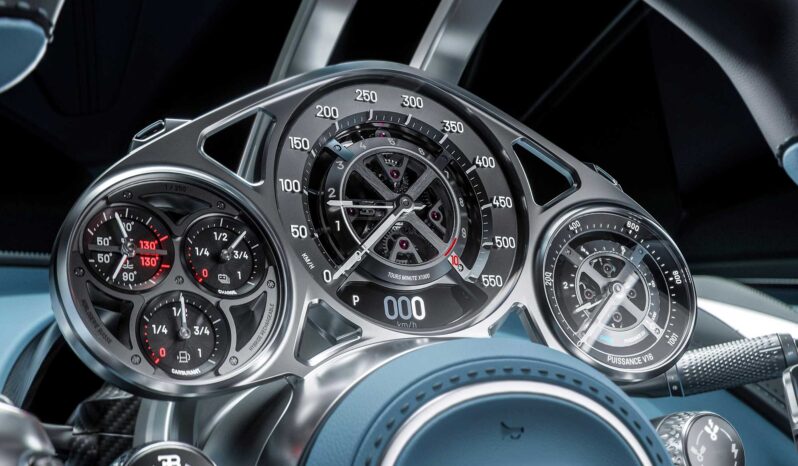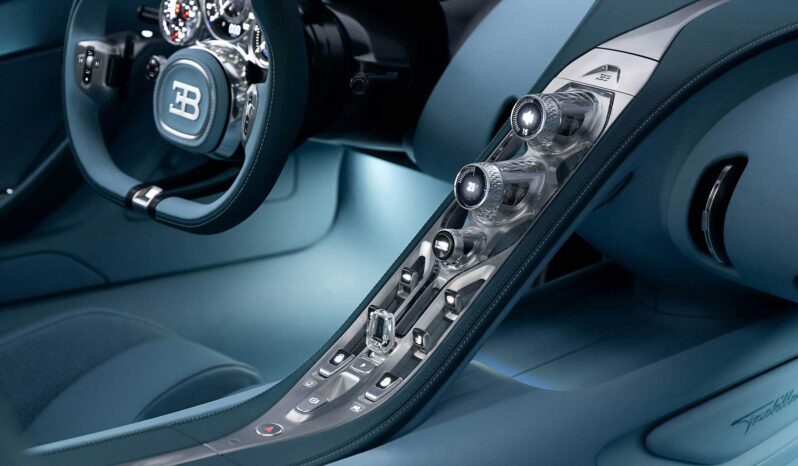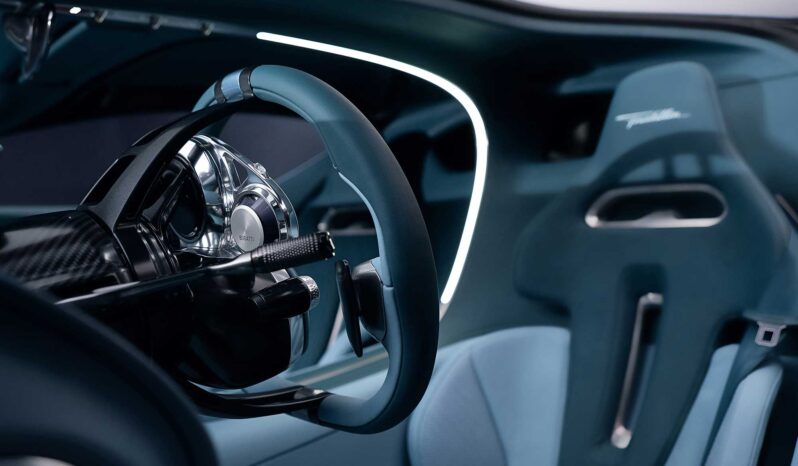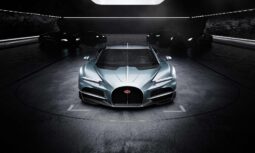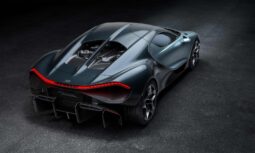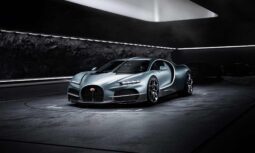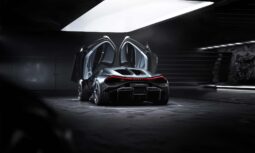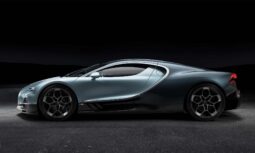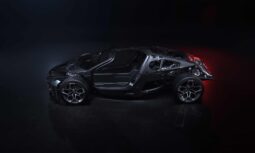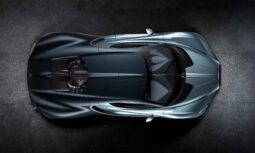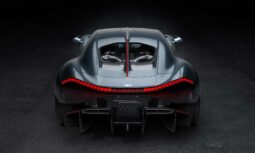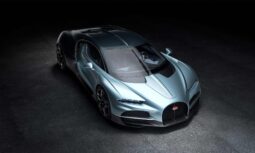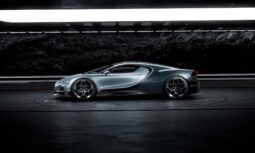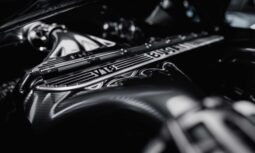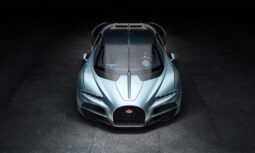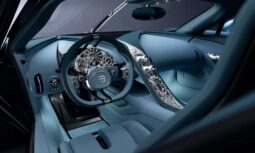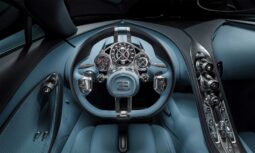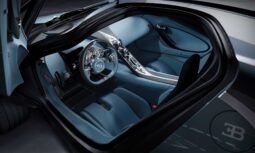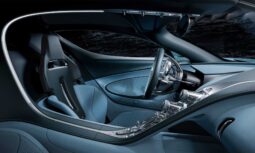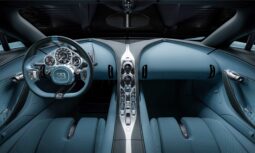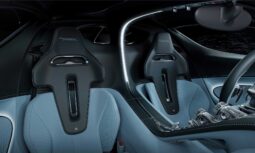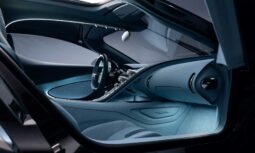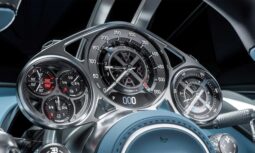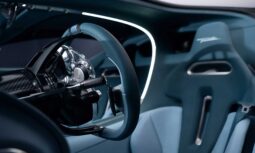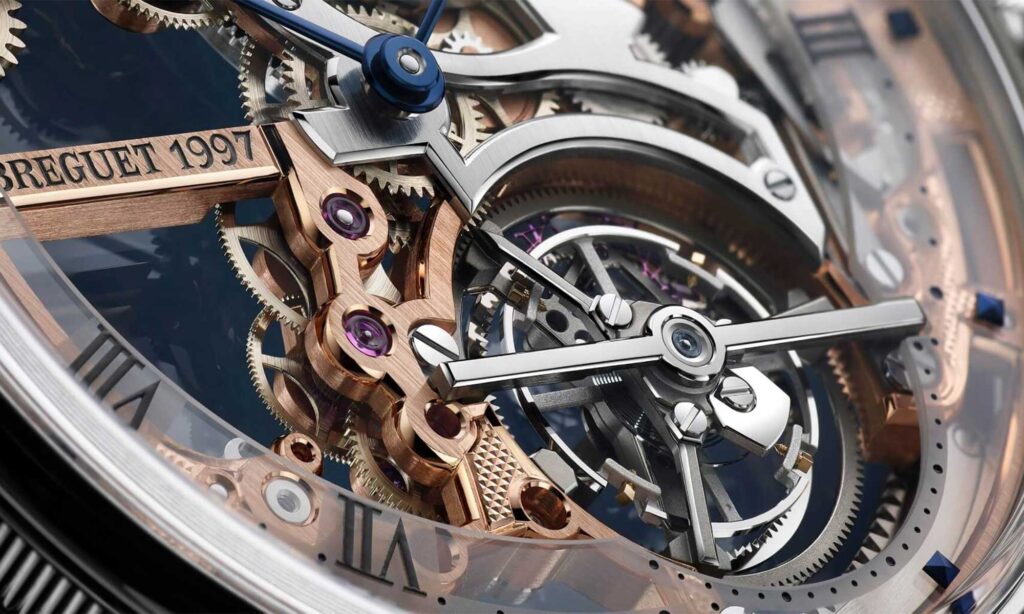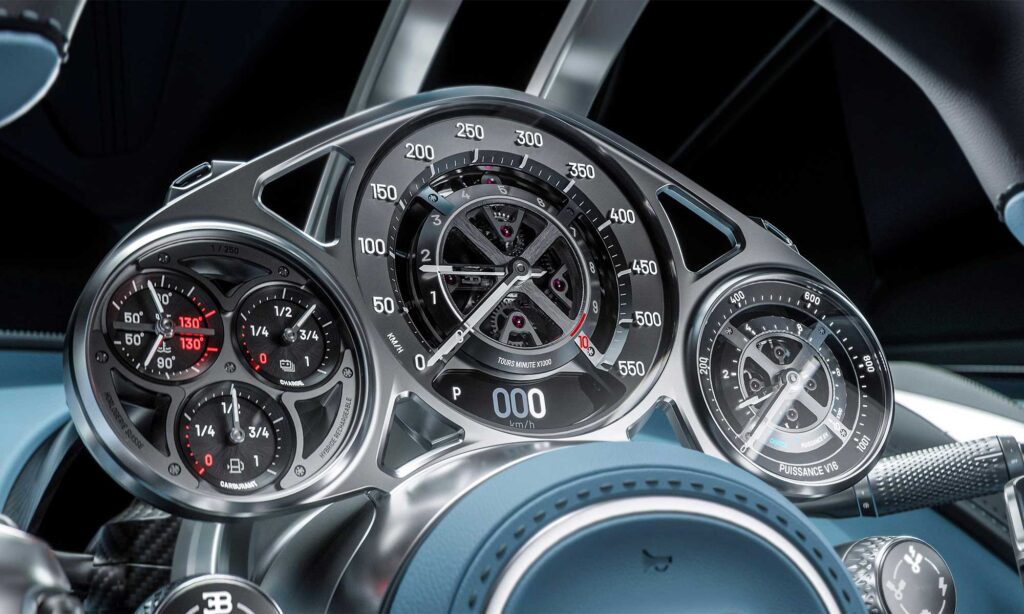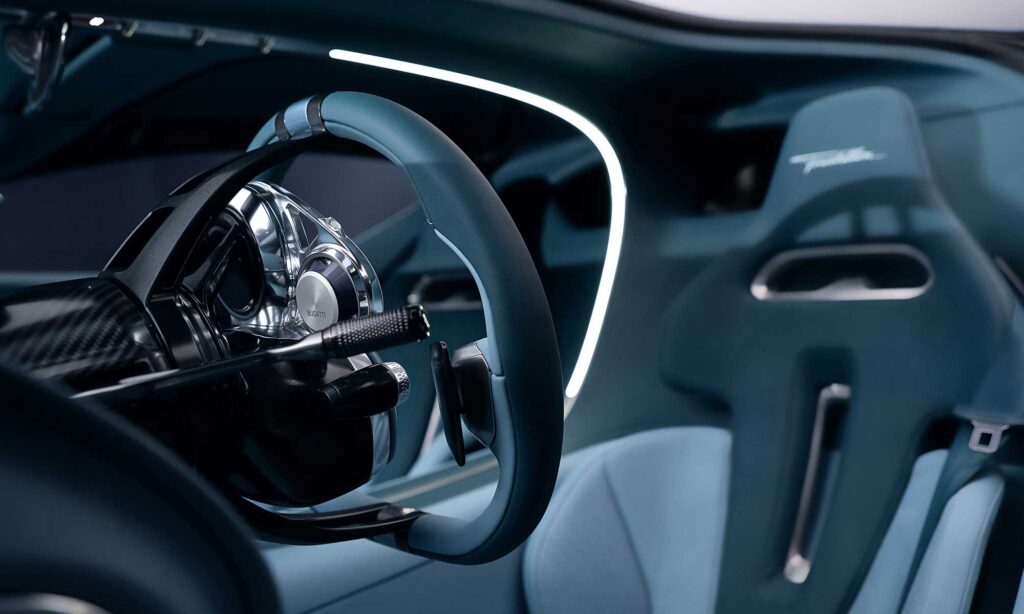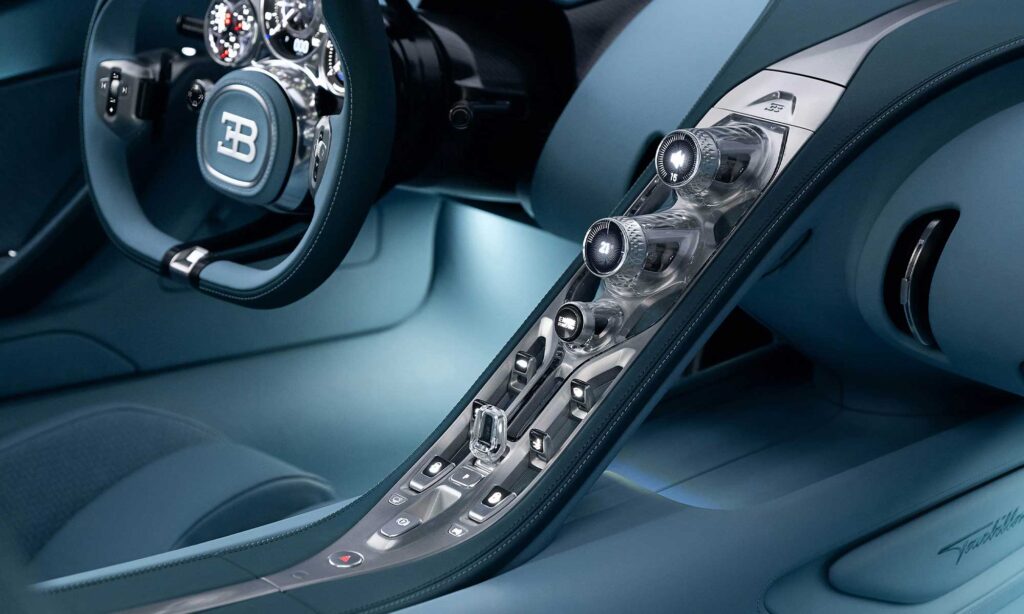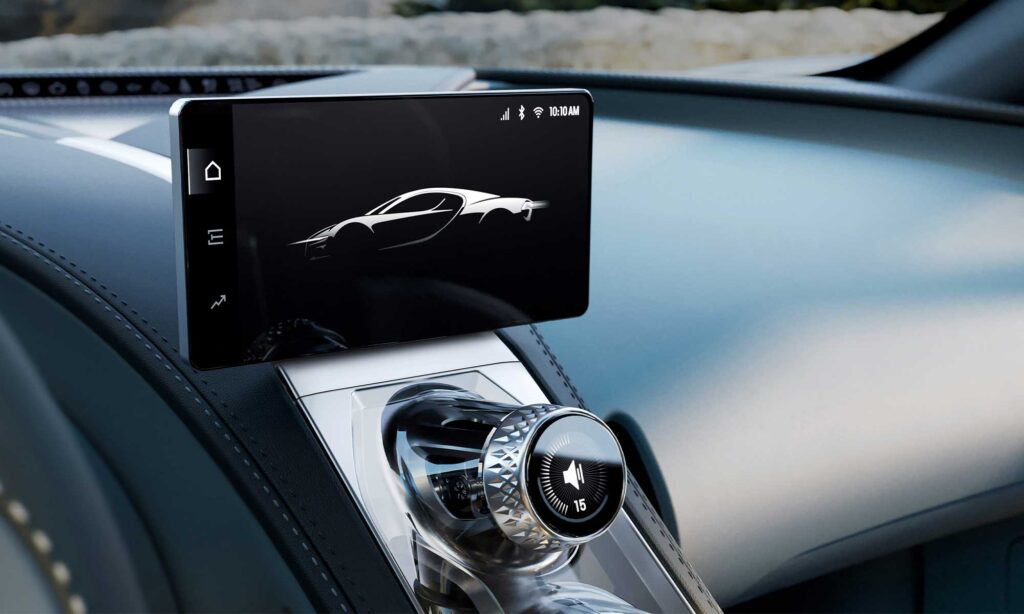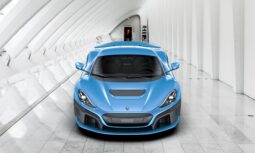Bugatti Tourbillon – Inspired By 115 Years of Bugatti’s Design Legacy
The Bugatti Tourbillon is a true masterpiece sculpted upon 115 years of experience from the BUGATTI design DNA and the modern era revolutions. As the Bugatti name is well-known for its exquisite sense of uniqueness among the masses, does the Tourbillon really fulfill its creator Ettore Bugatti’s “if comparable it is no longer Bugatti” philosophy? The answer to this is a big yes!
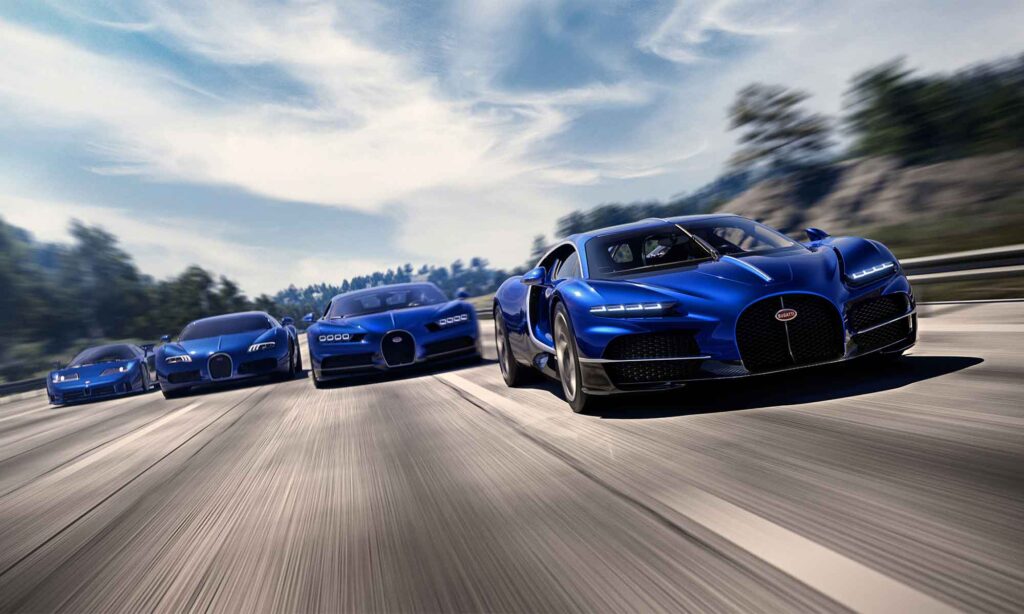
To ensure its design language is indistinguishable from any other Bugatti car, the Tourbillon derives its design DNA from three legendary Bugatti cars; the Type 57SC Atlantic, the Type 35, and the Type 41 Royale. The Bugatti Type 57SC Atlantic was recognized as the world’s most beautiful car of its time, whereas the Bugatti Type 35 became the most successful racing car ahead of its time. However, the iconic Bugatti Type 41 Royale still stands at the pinnacle of a few of the most sensational luxury cars ever built in history as well as today. These three legendary icons play a significant role in the Bugatti Tourbillon’s design language, making this hypercar equivalent to a timeless gemstone inspiring high-end performance, luxury, and beauty.
The Tourbillon’s design pays an ingenious tribute to the brands’ forefathers, Ettore and Jean Bugatti whose creations involved a purposeful pathway for better aerodynamics, innovation, and enduring beauty. As with the case of any other Bugatti, the Tourbillon claims to be finely “shaped by speed”.
Key Design Elements Borrowed From History in Crafting the Bugatti Tourbillon
Bugatti’s new hypercar is undoubtedly beautiful in each proportion, something which they call “Pour l’éternité” meaning – for eternity.
Horseshoe Design Grille – Bugatti Type 35
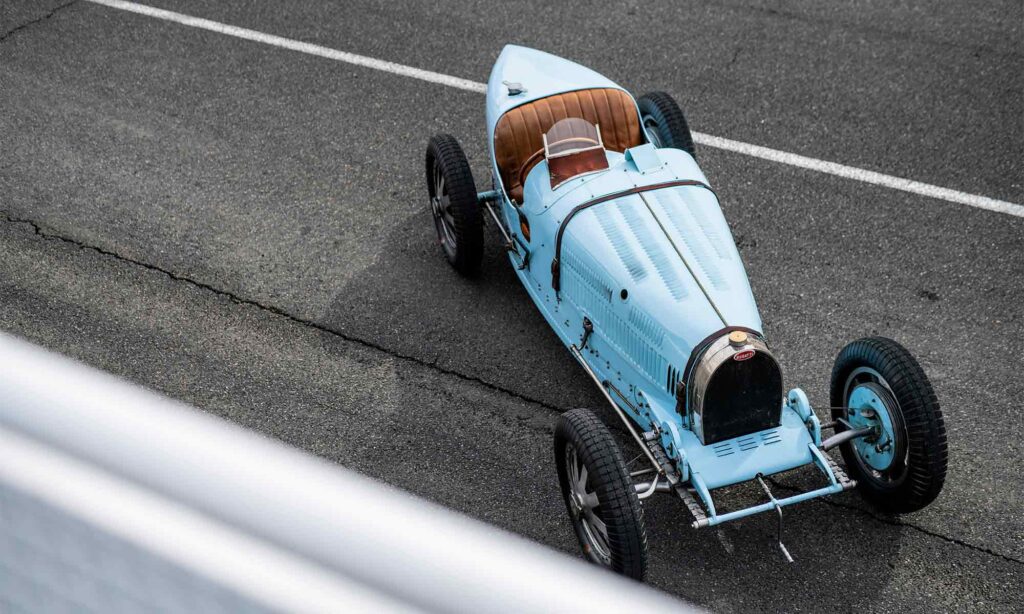
Starting off the front facia comes a wide horseshoe design grille that is only distinctive to the Bugatti badge. This horseshoe grille is quite unique for the Tourbillon itself where all the lines and curves of the car initiate. This is exactly what we get to see on the Bugatti Type 35, where the entire body of the vehicle was shaped from the origins of the horseshoe grille, resulting in a streamlined fuselage design till its tail. Apart from that, the horseshoe grille serves to practicality as the highest-pressure intake of the new Bugatti Tourbillion allowing mass airflow into the cooling systems while also shaving off some space to pack luggage being a part of the new crash management concept.
The Central Ridge and Lowered Stance – Bugatti Type 57SC Atlantic
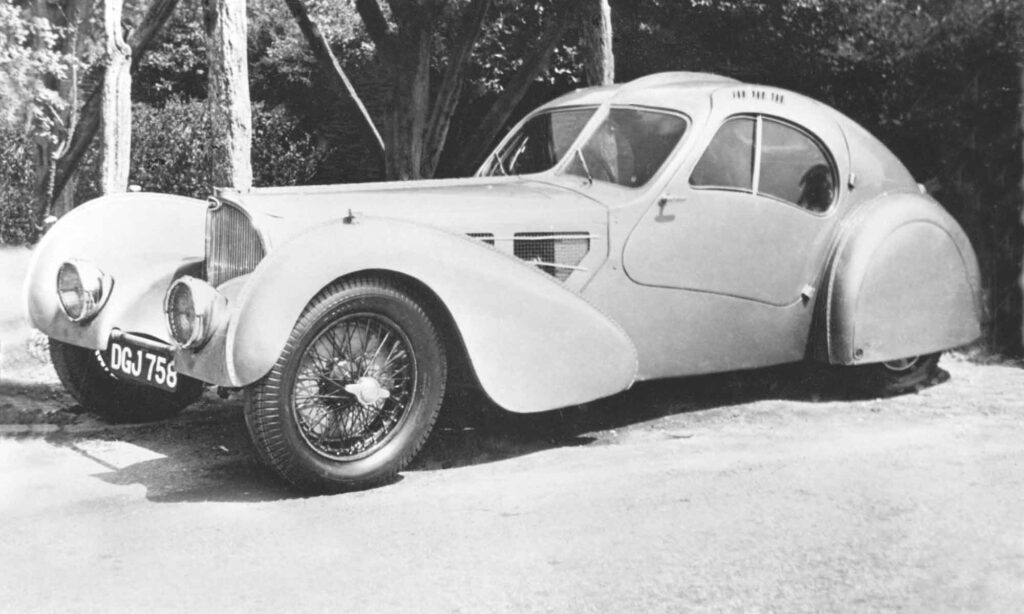
The Bugatti Type 57SC Atlantic is a modified version of the Bugatti Type 57 grand tourer, designed and built by Ettore’s son, Jean Bugatti. To know what Bugatti exactly means by applying the concepts borrowed from the Type 57SC Atlantic, you need first to understand what “Type 57SC” actually means. As the name suggests “Type 57SC” is the model name of the vehicle, where “S” stands for “Surbaissé” meaning “Lowered” and the “C” stands for “Compresseur”, which was basically a supercharger introduced by Bugatti to increase power.
If you pay close attention to the new Bugatti Tourbillon, the overall height of the hypercar is already a few millimeters lower than its predecessor, the Bugatti Chiron. However, the actual play of the surbaissé concept is substantially hidden from the naked eye. The surbaissé concept was brought to production when Jean Bugatti submerged the engine of his Type 57SC as the rear axle now goes through the rear frame instead of working underneath. This new model was named the Bugatti Type 57SC Atlantic which was built to achieve higher speeds with a reduced frontal area. The Tourbillon works on the same philosophy, with a reduced frontal area and lower stance as of a falcon diving at speeds more than 300kmph with completely folded wings against its body to reduce its front area.

If we talk about the central ridge, it stemmed from Jean’s experiments with the body shell of the Bugatti Type 57SC Atlantic. This was done with the 1935 Aérolithe concept car that used a special magnesium compound known as “Elektron” for crafting its body panels, just like what we do with “Carbon Fiber” today. The Elektron composite is known for being a highly lightweight and durable material, although it is also extremely flammable when exposed to high temperatures. Remembering all the positive and negative properties of an Elektron composite body panel, it became impossible for the engineers to simply weld the body panels, so as a result they riveted them externally, a technique frequently used in the aviation industry to rivet the body panels of an aircraft.
Fact: Due to Elektron’s highly flammable properties, this concept never came to production for any road-legal Bugatti, alternately the production Type 57SC Atlantic used plain aluminium for the body panels and kept the central ridge concept intact for its design and aesthetic purposes. The Bugatti Tourbillon’s case is quite similar as well, the central ridge you notice is there just for the reminiscence of Bugatti’s signature design legacy.
Signature Duo Tone Paint Scheme – Bugatti Type 41 Royale
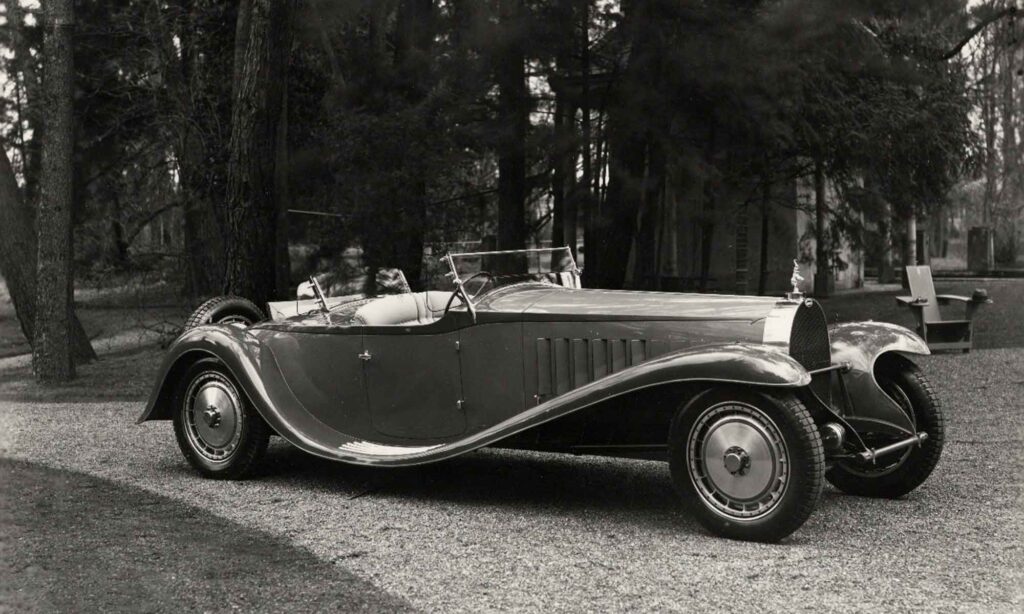
The Bugatti Tourbillon features a duo-tone split paint scheme that draws inspiration from the colour split lines of the legendary Bugatti Type 41 Royale, also known as the Royale coupé. This large and luxurious vehicle was originally built for sale to royalty. The duo-tone split paintwork became a part of Bugatti’s design legacy when Jean Bugatti started finishing his cars in a bold dual-tone paint scheme.
You may have seen a similar duo-tone paint scheme on certain units of the Chiron and Veyron among other Bugatti vehicles. However, the Tourbillon modernizes this tradition with a more contemporary approach. The duo-tone paint scheme splits around the Bugatti line, which is another key design element for the Bugatti Tourbillon. The Bugatti line has also remained a key design element for the Chiron as well as the Veyron. However, with that lowered stance of the Tourbillon, the Bugatti line curves around a bit sharply in a forward-leaning shape that distinctly upholds the roofline in leaping motion.
The Floating Headlights and Butterfly Wing Doors Denote High-Grade Craftmanship

When you look closely at the Bugatti Tourbillon, you will notice that it simply denotes high-grade craftsmanship and beauty that stand upon several patented technologies. This beautiful exterior design is a result of combining 20 years of expertise from the Veyron and Chiron as per Bugatti, where every surface, intake, and vent is cautiously crafted to undertake the enormous aerodynamic forces of a car travelling over the speed of more than 400 kilometers per hour (kmph). Keeping that in mind, one can notice those beautiful floating headlights that allow the air stream to flow underneath the headlights to boost the mass air flow directly into the side intakes.
This floating headlight concept is the “flying fenders” concept by Bugatti where the frontal design plays a significant role in the vehicle’s aero and thermodynamic requirements when you push the car to its peak potential. The front design of the Tourbillon looks somewhat of a hybrid mixture between the Chiron and Centodieci containing the dimensions of a sculpted overhang. Moreover, the front facia ingeniously houses an ultra-efficient cooling system that directs air through and out of the front bonnet with the help of two radiators while also generating downforce.
Another great addition to this new hypercar’s glamour is a set of electrically operated butterfly wing doors, or should we say dihedral doors as per Bugatti. This is the first time when you’ll notice the doors opening upwards on a Bugatti, imitating a large butterfly expanding its wings to fly. These doors allow for easy entry into the vehicle even for tall drivers while delivering a sensational appeal to the owner upon arrival with the leverage to be opened and closed from the key fob. One can also access the doors to open from outside with a button found just underneath the Bugatti Line curvature, and another on the center console once inside.
Half of Magic Trick Leaves its Trail at the Rear of the Tourbillon
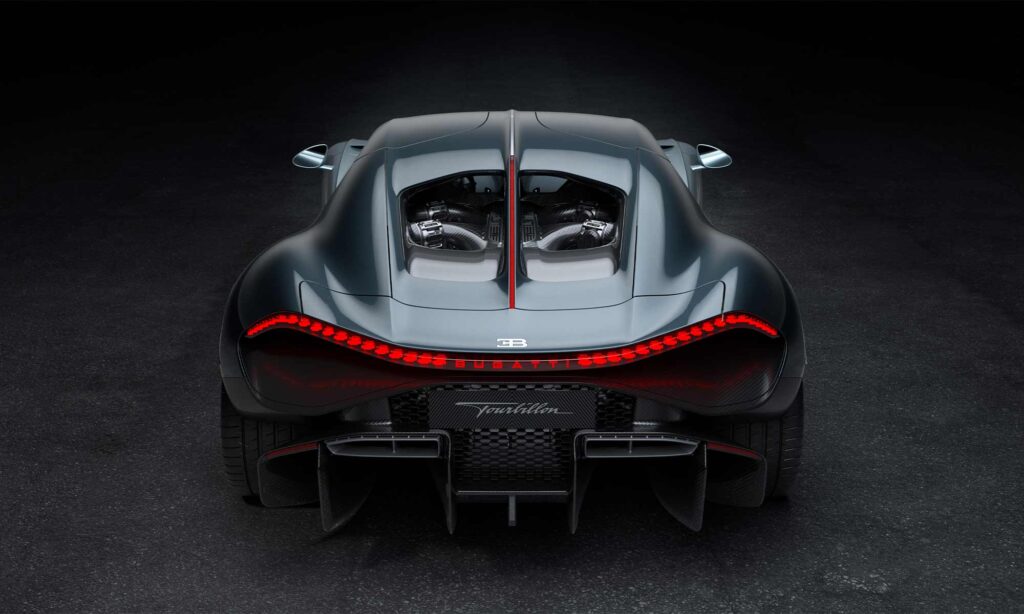
You all might be wondering, what is so special with the all-new Bugatti Tourbillon? Well, the magic trick hides beneath the Tourbillon body shell. It’s the all-new state-of-the-art monocoque chassis framework that is constructed from aerospace-grade carbon composite. Inspired by the instincts of a falcon, the Bugatti Tourbillon’s streamlined profile helps it achieve incredible top speeds while generating immense downforce without the need for a raised rear wing. In fact, the rear wing generates higher downforce at slower speeds and serves as an airbrake for improved stability under deceleration.
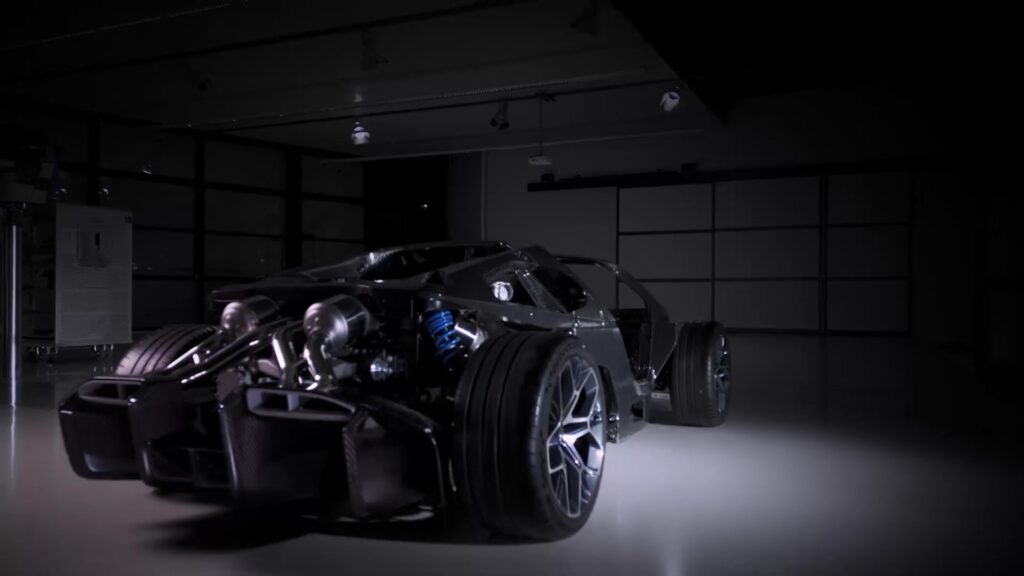
Returning to the magic trick, it’s the diffuser built around a completely new crash concept that remains fully integrated within the structure of the diffuser as a part of the new state-of-the-art monocoque chassis framework. This new diffuser concept works quite effectively, hiding its crash guard functionality and enabling a beautiful open rear-end design. Unlike other Bugatti’s, the diffuser begins to climb from just behind the passenger cabin, rising at an ideal angle to maintain the Tourbillon’s aerodynamic equilibrium in perfect balance.
Moreover, the Bugatti Tourbillon looks amazing from behind, all thanks to the bow-shaped one-piece taillight strip and an open rear-end design. The one-piece taillight consists of some unique LED fragments and bold illuminating “BUGATTI” letters which represent a seamless blend of style and innovation. For more attention to detail, just beneath that long one-piece taillight strip, one can even spot hollow spaces that allow hot air from the mighty V16 powertrain to escape.





